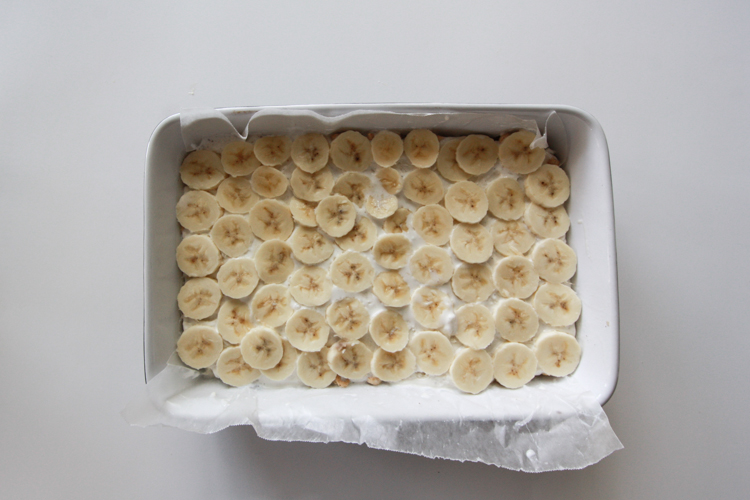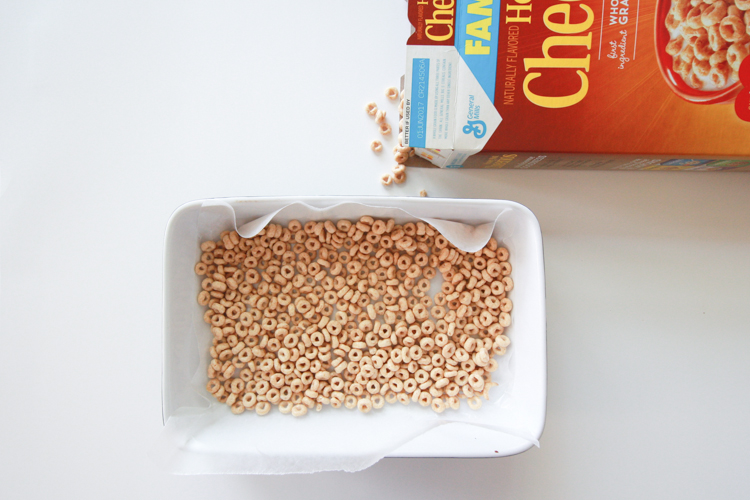
McConnochie received 32 responses to his inquiry to state regulators regarding the status of the Milk Popsicle formula relative to their ice cream standards. In his rebuttal of Popsicle's arguments, R. From the manufacturer's viewpoint, an ice "is a mixture of water, sugar and flavor, while a sherbet is the same with the exception that the water is replaced with a milk product or, in modern practice, ice cream mix." Among Good Humor's definitions was that of a "flavored water ice." Popsicle countered by stating that its new "Milk Popsicle" was a sherbet in the understanding of the ice cream industry. He determined the main reason for the lawsuit: "What was the division? That is the question in dispute."īoth sides attempted to define the composition of a sherbet using dictionary terms and the belief of ice cream manufacturers of the times. He recognized that Burt and the Popsicle Corporation intended to divide the frozen sucker field. Nields read all of the affidavits and heard the testimony in the case. Among these was Popsicle's own questionnaire to its sales agents relating to potential infringements: "Anyone putting out a frozen water ice on a stick and making from anything other than Popsicle Flavors or calling it by any name other than Popsicle is an infringer." Brimer, referred to various Popsicle advertisements from 1925 to 1930 in which the latter company promoted its products as water-based confections.

District Court in Delaware against the Popsicle and Joe Lowe corporations claiming infringements of the 1925 agreement because Popsicle was (1) making a milk-base product and (2) using a rectangular design. On February 20, 1932, Good Humor filed suit in the U.S. (Records of District Courts of the United States, RG 21) Good Humor claimed that Popsicle's introduction of an ice milk product in 1931 violated their 1925 agreement. in the belief that it is ice cream and afford to him a much larger quantity of such an edible product than does the Cheerio." McConnochie, vice president of the Frozen Confections, Inc., a Good Humor subsidiary, protested that "the Milk Popsicle is purchased. One reason why Good Humor did not want to relinquish this part of the market was its introduction of a new product known as the "Cheerio" bar-a 5-cent version of the 10-cent Good Humor bar-in the fall of 1931.ĭuring the winter of 1931–1932, Popsicle authorized its companies to begin producing the "Milk Popsicle," a chocolate-covered confection that had 4.48-percent butter fat in its composition and used a keystone-shape design.
#Cheerio ice cream bar license#
Good Humor did not want competition from Popsicle in the manufacture of any milk-based frozen sweets, claiming that the 1925 license agreement prohibited such a product. Popsicle felt secure that they could make any product that was not regulated as ice cream. The 1925 licensing agreement between Popsicle and Burt allowed Popsicle to make "sherbet," but at that time the industry did not have a set definition of sherbet. The type of product that Popsicle wished to create would be considered an "ice milk" or "light ice cream" today. Those above that limit would fall into the category of "ice cream, ice custards, and the like" and would be produced by Good Humor. Popsicle wanted to have the rights to manufacture all products containing less than 4.5-percent butter fat as a form of sherbet.

In the fall of 1931, Popsicle, Lowe, and Citrus approached Good Humor with an offer to create such an item and to refine the division of products in the 1925 agreement. because, first, the 'Good Humor' was an ice cream and Popsicles were ices of different flavors."īut Popsicle was under pressure by some of its licensees to provide a cheap ice cream product after the drop in dairy prices made such a product attractive.

As related by Clara Burt Roller, "The Popsicles did not compete with Good Humor ice cream confections. The division of the frozen sucker market between Good Humor and Popsicle seemed relatively secure and understood by both parties. Popsicle sold more than 200 million units in 1931. "People who could not afford dimes, quarters and halves for ice cream gladly bought Popsicles at a nickel each for children, family and friends," according to a February 1931 advertisement. The Popsicle Corporation advertised itself as "Depression Proof" and stated that its sales had doubled between 19. The Depression caused problems with the 10-cent ice cream market but not with the cheaper ices. Good Humor Corporation submitted this advertisement as an exhibit in their case against Popsicle (Equity Case #953).


 0 kommentar(er)
0 kommentar(er)
